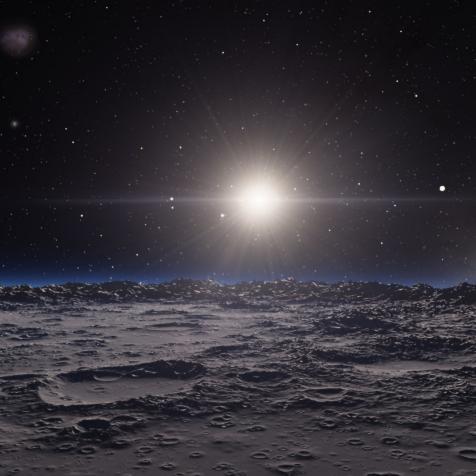
NASA
China and Russia are Building Lunar Space Station Together
Recently announced, development for an international lunar space station is underway as China and Russia are joining together to build research facilities in orbit and possibly on the moon.
The announcement comes at a time that Russia is preparing to celebrate its 60th anniversary of the country’s first manned space flight. April 12, 1961, marked the day that Russian cosmonaut, Yuri Gagarin, became the first human in space. He completed a 108-minute orbital flight in a Vostok 1 spacecraft. Fast forward to 60 years later, China and Russia are working together towards long term human presence on the moon to begin in the late 2030s or early 2040s.
From development to physical operations, China and Russia are collaborating on all phases of the space station. Open to all nations, the international lunar research station is not to be confused with the International Space Station or the Lunar Gateway. China and Russia’s joint effort on this project is historic and their plans don’t end there. They will also be creating a data center for exploration purposes of the lunar surface including deep space.

NASA/Astronaut William Anders
The goal is to place the International Lunar Research Station (ILRS) somewhere in the lunar south pole region. Through China’s upcoming robotic Chang’e missions, development will begin to take place. Cooperation on an international level is one of its many keys to success. Gathered from a statement released by both countries, the station will be used as a home for conducting complex scientific research on or near the surface of the moon.

NASA/GSFC/Arizona State University
LROC Wide Angle Camera (WAC) mosaic of the lunar South Pole region, width ~600 km
In terms of firsts in space, Russia was a founding partner of the International Space Station alongside the United States of America. China was the first country in 2019 to send an unmanned rover to the South pole region of the moon in which lunar samples from that mission were brought back to Earth in December of 2020. Together, Russia and China both have a vast knowledge of space exploration and a drive for scientific research. This is the first space related partnership for the two countries.


















